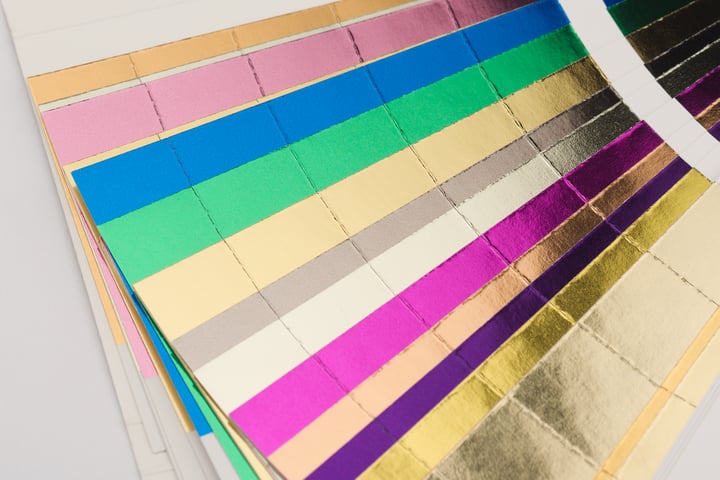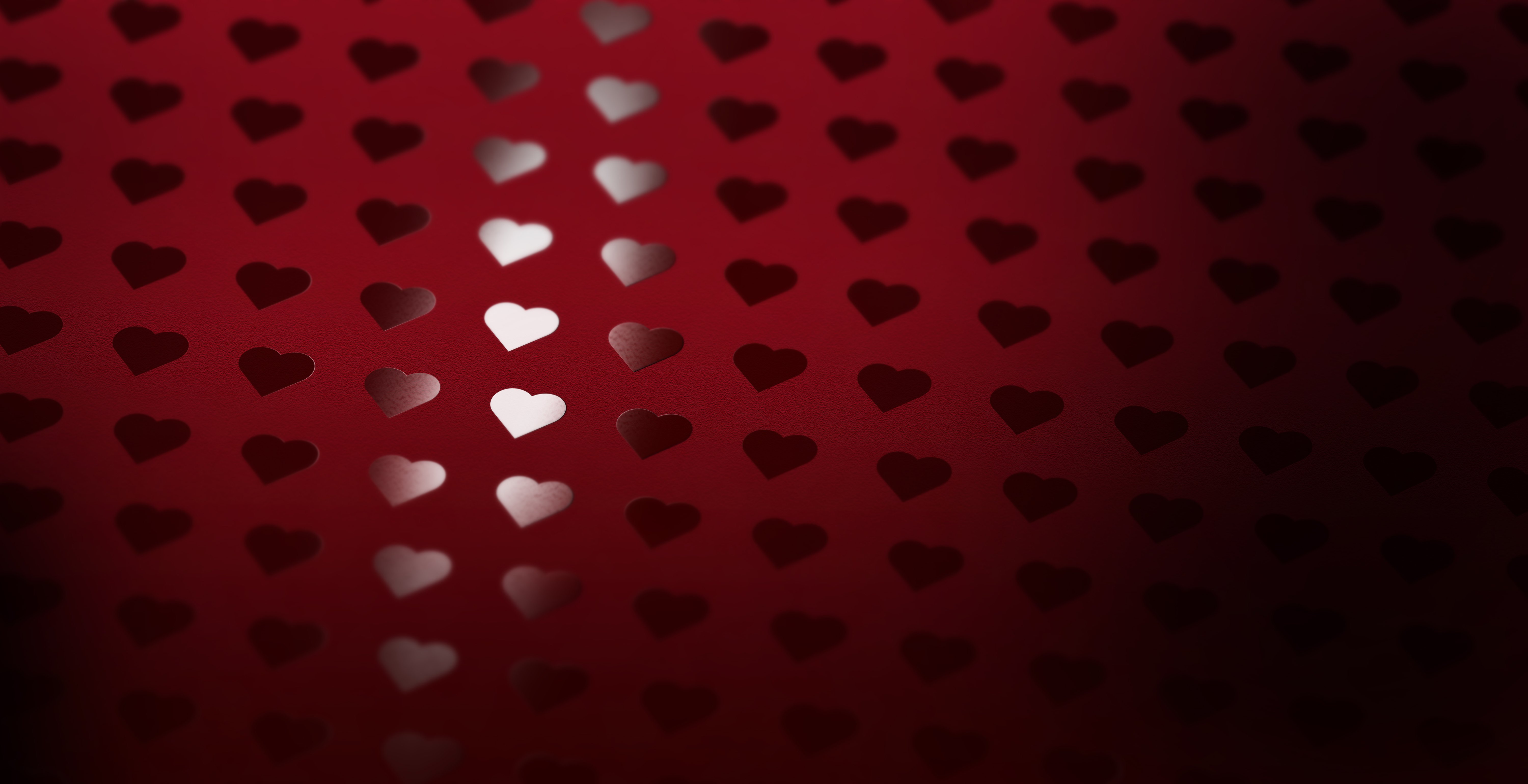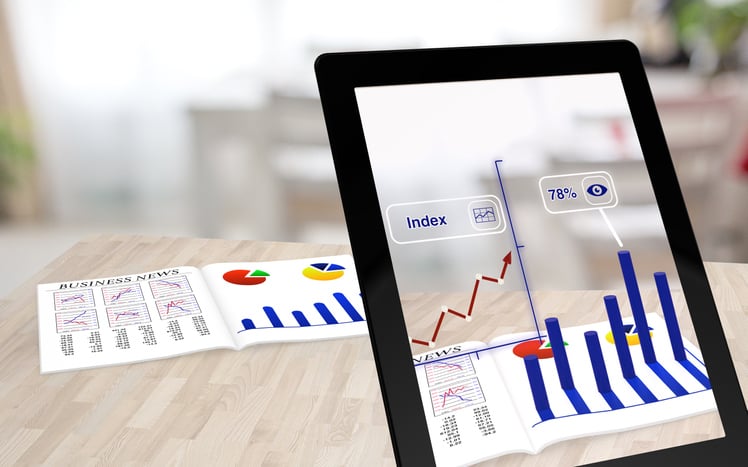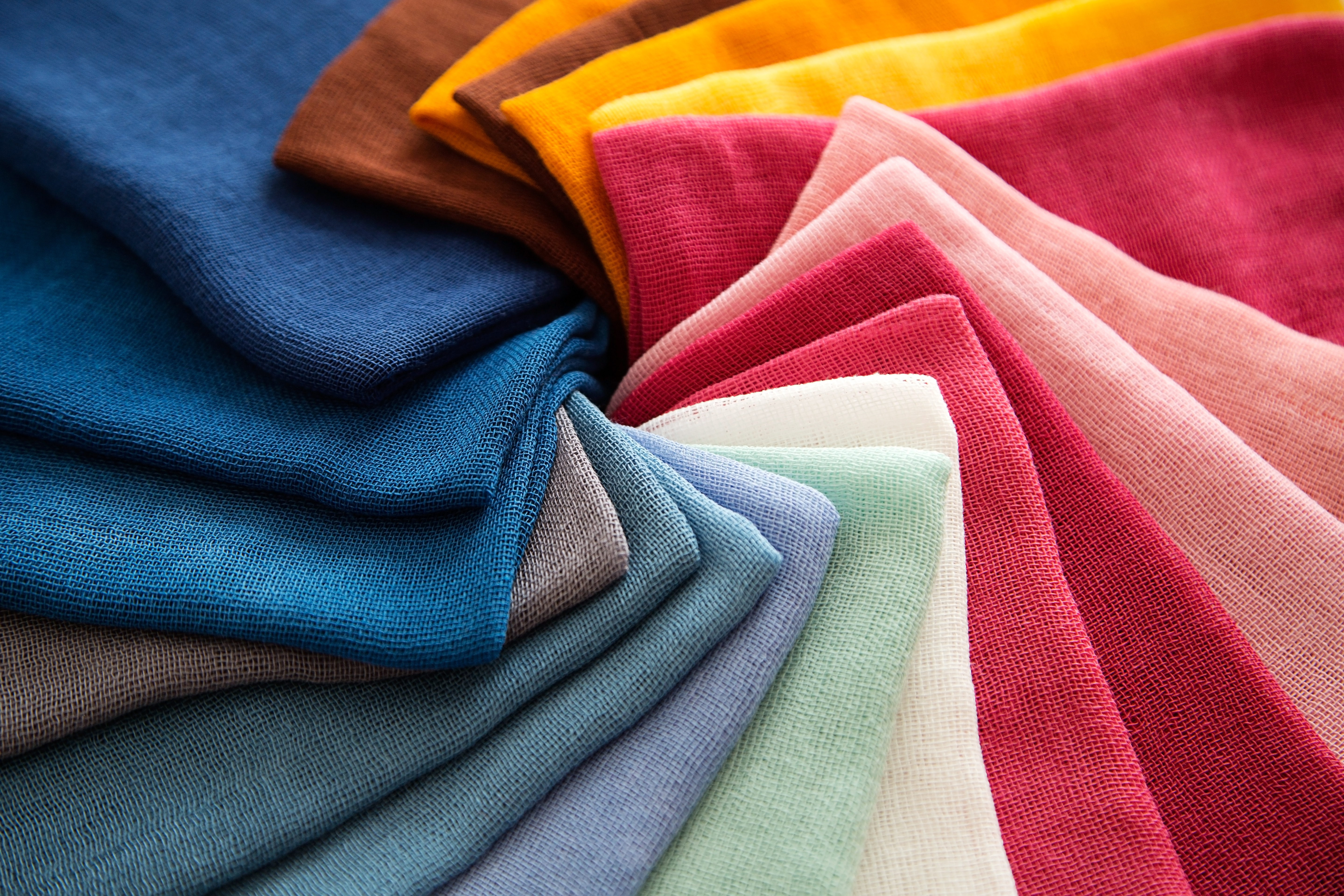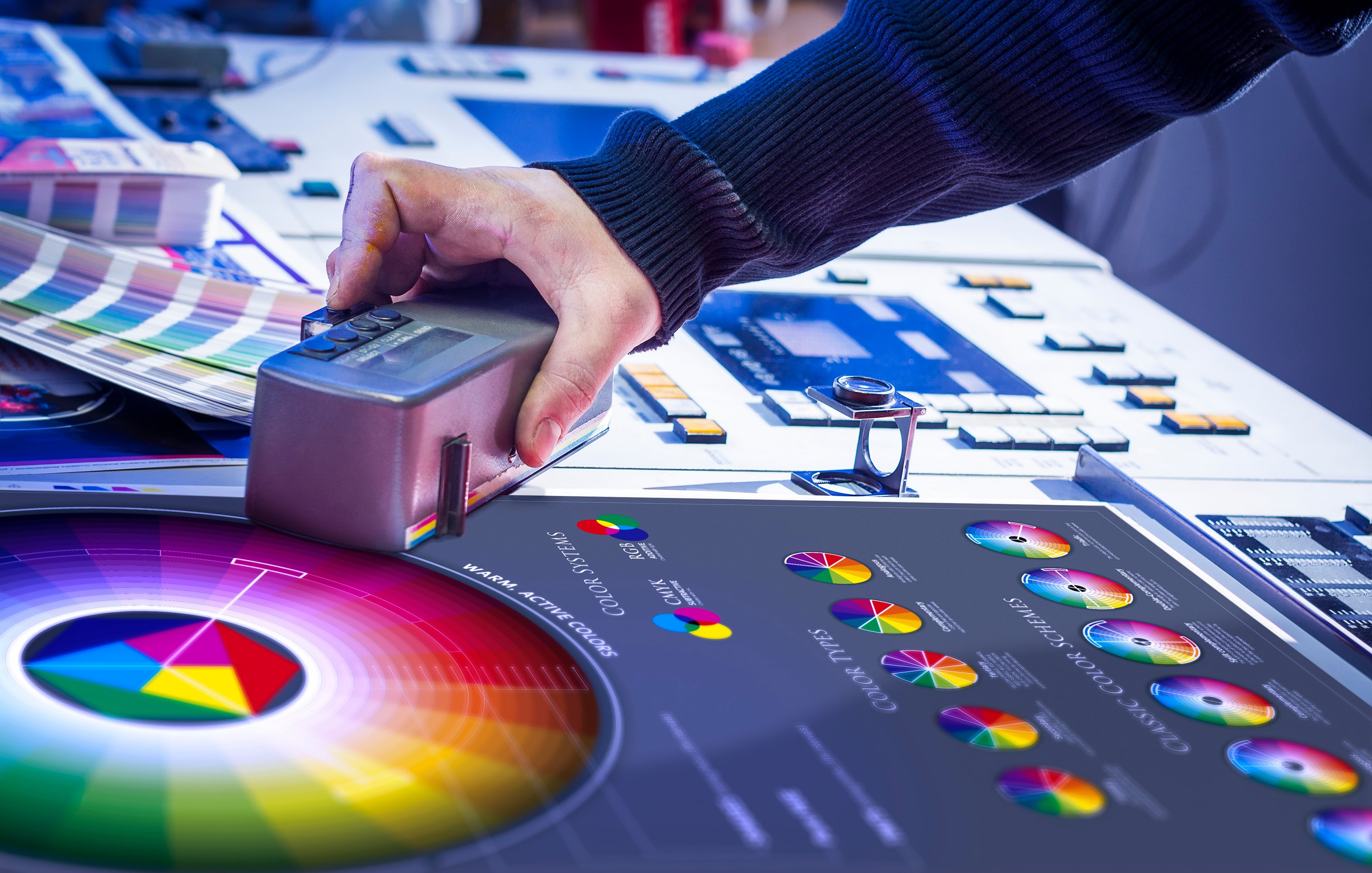Researching the latest trends in print and graphic design is the first step in ensuring you're staying on top of client's changing needs. Keeping your finger on the pulse of what's popular enables you to anticipate how customer’s asks are going to change and how you can begin to make changes for the year ahead. With this in mind, here are the top five design trends you need to know.
Foil Stamping
Foil is an easy way to add a little sparkle to an otherwise mundane printed material. Foil stamping offers a colorful, shiny finish that also improves the durability of your print materials, which can extend their lifespan and, depending on their intended purpose, their value. Foil stamping has several different visual effects to offer print customers. Today's foils can be clear, glossy, matte, fluorescent, or even holographic. This design element is best used with thick print materials capable of supporting a foil stamp.
Specialty Colors
The growing availability of specialty colors, which create new capabilities that customers will be more likely to seek out in the future. Print production solutions like the Xerox Iridesse Production Press combine four-color printing with metallic gold, silver, clear, and white specialty inks that can create several specialty effects. These effects include metallic gradients and texturing that enhance quality—a popular service for wedding invitations, mailings, and other orders typically handled by digital print production.
Augmented Ink
As augmented reality becomes a more common medium for delivering content and experiences to people, augmented ink is seeing increased demand. This specialized ink is viewable by AR-enabled devices, and it is used to trigger augmented points of engagement that appear in an AR environment, including pop-ups and interactive experiences. Customers using AR for marketing purposes may want augmented ink as an option to turn traditional print materials into an engagement point for any AR experience they may want to provide.
Textiles
The ability to make digital prints on textile surfaces greatly expands the services a printer can provide its customers. Potential use cases for textile printing into direct-to-garment printing, in which custom garment orders can be produced on -demand by printing a custom image to a T-shirt or other textiles. Solutions like HP' 's latex printers can print logos, images, and other design elements on a wide range of textiles, including a wide range of products customers may wish to brand with their business name, logo, and additional information. Given the projected growth of textile printing, the future value of digital printing services will be tied to textiles and other types of production capabilities now made more accessible by these innovations in print technology.
Consistent Color
It seems like a no-brainer to mention that color is essential when printing jobs for customers. Still, consistency from the first copy to last is critical, especially when considering the color trends for 2020. From muted color palettes to color gradients, nuanced color schemes to heavier fonts, printing consistency challenges abound, and it's vital to ensure your shop can handle your client's needs.
Having customers boasting about your accuracy, diversity of offerings, versatility, and optimization is the best advertising. It starts with keeping your finger on the pulse of the latest and greatest in what print has to offer.
If you’re looking to read more about 2020 Print Design Trends, SumnerOne has compiled research on everything from expanded print capabilities to workflow solutions to help get you started.
 FREE EBOOK DOWNLOAD
FREE EBOOK DOWNLOAD
